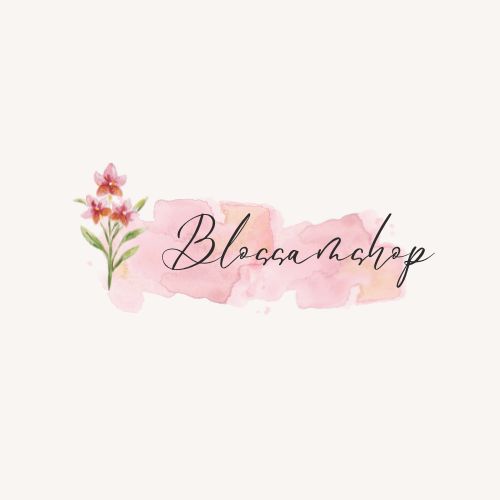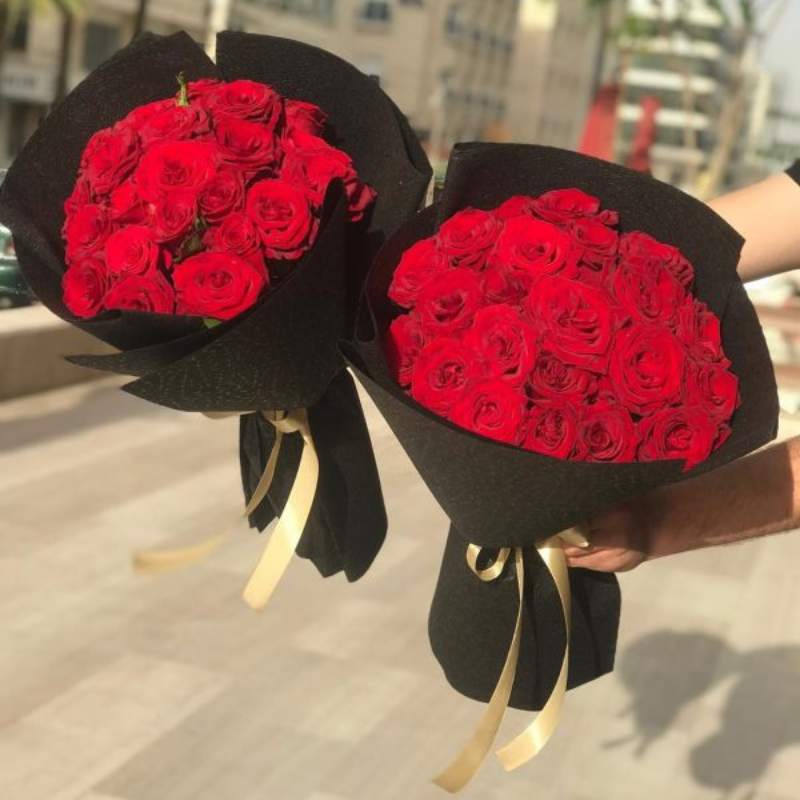Blog
The Beauty and Significance of Flowers
Introduction
Flowers have always been a symbol of beauty, love, and life. They are nature’s way of bringing color and fragrance to the world. But beyond their aesthetic appeal, flowers play crucial roles in ecosystems, cultures, and even medicine.
The History of Flowers
It have existed for millions of years, evolving alongside insects to create an efficient pollination system. Ancient civilizations, from the Egyptians to the Chinese, held flower in high regard, using them for decoration, rituals, and healing.
Types of Flowers
It come in various forms, each with unique characteristics.
Wildflowers
Wildflowers grow naturally in forests, meadows, and fields. Examples include daisies, bluebells, and poppies.
Garden Flowers
These flowers are cultivated for their beauty. Roses, tulips, and marigolds fall under this category. Find a guide to gardening flowers.
Exotic Flowers
Rare and stunning, exotic flowers like orchids and lotuses thrive in specific climates and require special care.
The Role of Flowers in Nature
Flowers play a crucial role in ecosystems. They attract pollinators like bees and butterflies, ensuring the survival of plant species and maintaining biodiversity.
Flowers in Human Culture
Flowers in Mythology and Folklore
Many cultures have fascinating myths around flowers. The Greeks believed that roses were created by Aphrodite, the goddess of love.
Symbolism of Flowers
Each flower has a meaning. Roses symbolize love, lilies represent purity, and sunflowers stand for happiness.
The Science Behind Flowers
How Flowers Grow
Flowers grow from seeds and require sunlight, water, and nutrients to flourish.
The Role of Pollination
Pollination helps in reproduction. Bees, birds, and even the wind help transfer pollen from one flower to another.
Flowers and Their Fragrances
The pleasant scents of flowers attract pollinators and humans alike. Some fragrances are used in perfumes and essential oils.
The Medicinal Uses of Flowers
Flowers like chamomile and lavender have medicinal properties, helping with stress relief, insomnia, and digestion.
Flowers in Art and Literature
Flowers have inspired countless artists and writers. Van Gogh’s sunflowers and Shakespeare’s floral references in plays are just a few examples.
The Emotional and Psychological Impact of Flowers
It can uplift moods, reduce stress, and improve overall well-being. Gifting flowers is a universal way to express emotions.
Best Flowers for Home Gardens
For a beautiful home garden, consider planting roses, tulips, daisies, and petunias. These are easy to maintain and bloom vibrantly.
How to Take Care of Flowers
- Water them regularly but avoid overwatering.
- Provide adequate sunlight.
- Use good-quality soil and fertilizers.
- Prune dead leaves and flowers.
Sustainable Flower Farming
Eco-friendly practices in flower farming ensure that flowers are grown without harming the environment. Organic fertilizers and minimal pesticide use are key.
The Future of Flowers in a Changing Climate
Climate change threatens many flower species. Conservation efforts are essential to preserve rare and endangered flowers.
Conclusion
Flowers are more than just beautiful decorations. They contribute to ecosystems, human emotions, medicine, and culture. As we move forward, preserving their beauty and significance should be a priority.
FAQs
1. What is the rarest flower in the world?
The Middlemist Red is considered one of the rarest flowers, with only a few known specimens.
2. Which flower symbolizes love?
Roses, especially red ones, are the universal symbol of love.
3. Can flowers improve mental health?
Yes! Studies show that flowers can reduce stress, improve mood, and promote relaxation.
4. What are the easiest flowers to grow at home?
Marigolds, sunflowers, and petunias are among the easiest to grow.
5. Why do some flowers bloom at night?
Flowers like the Night-Blooming Jasmine attract nocturnal pollinators such as moths and bats.

